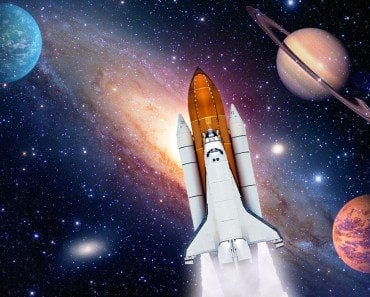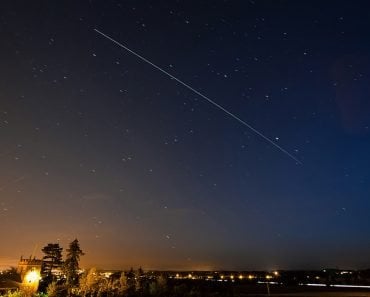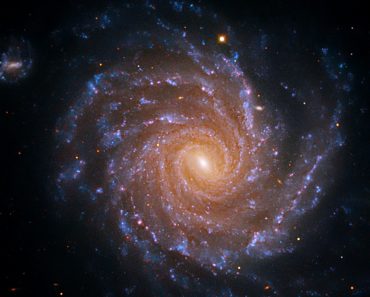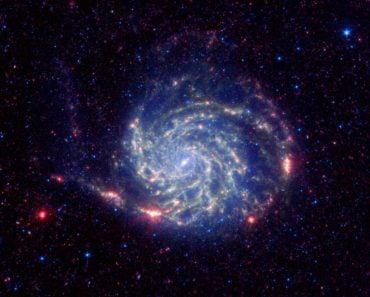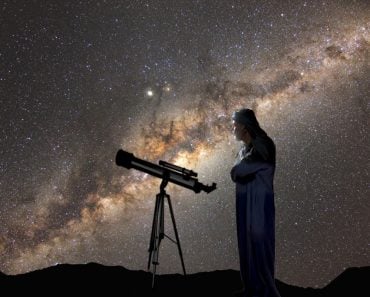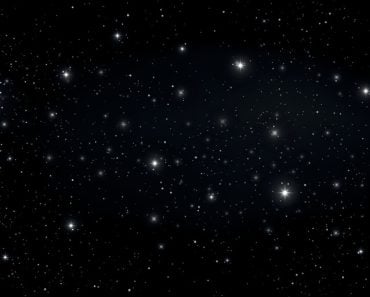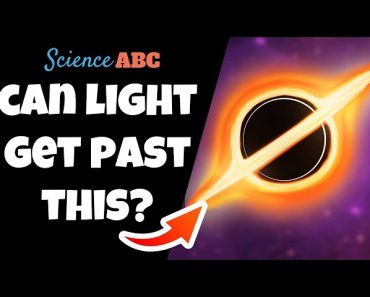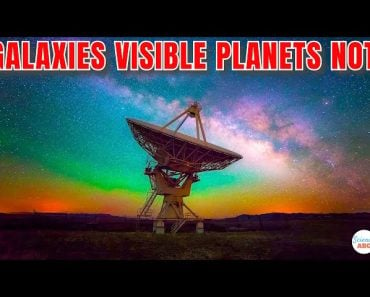Table of Contents (click to expand)
The largest thing in the Universe is the Hercules-Corona Borealis Great Wall, a supercluster that is so humungous that it defies the laws of inflation.
The speed of light was believed to be infinite until the 17Th century when Ole Roemer, while observing the moons of Jupiter, discovered that the light reflected by them takes a longer time to reach us when the Earth is farther from Jupiter in its orbit. Roemer had just discovered that the speed of light is finite. It was in the year 1975, after lots of precise measurements, scientists determined the magnitude to be an exorbitant 299,792,458 m/s.
This implied that the Sun’s light didn’t reach us instantaneously. Situated almost 150 million kilometers away, even something as fast as light would take some time to travel this distance, albeit not much. A quick calculation would tell you that it takes light around 500 seconds or 8 minutes to reach Earth. Similarly, light emanated from Proxima Centauri, the closest star to us other than the Sun, takes 4.24 years to reach Earth!
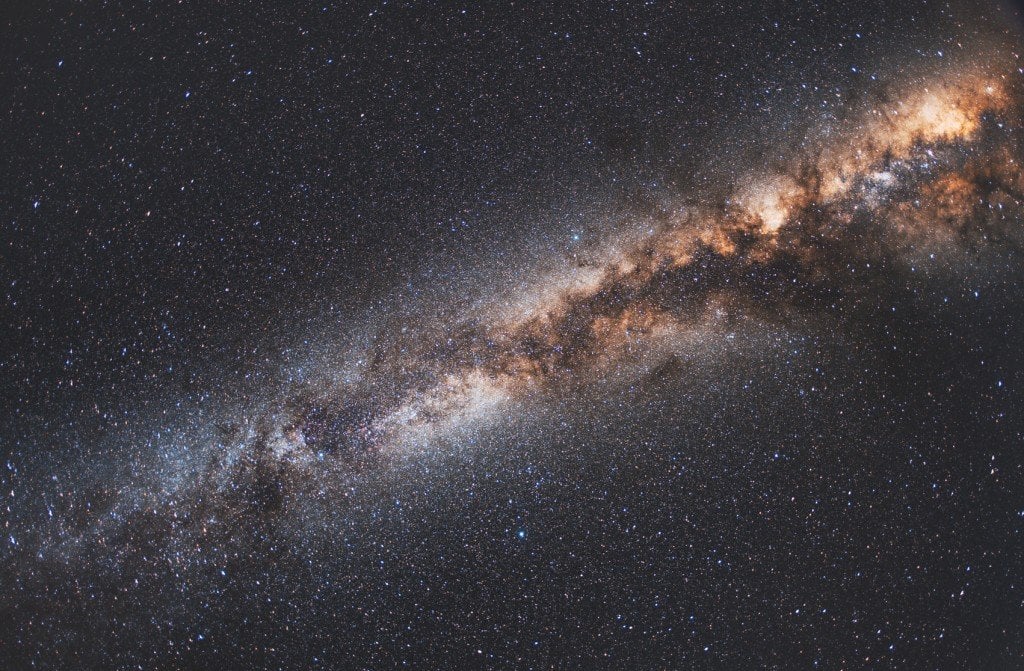
A light-year, the distance that light travels in a year (9 trillion kilometers) was eventually recognized as a standardized unit to measure astronomical distances. If you think a distance spanning 4.4 light-years is unfathomable, the Milky Way galaxy is 100,000 light-years wide. However, the Milky Way’s width is merely 0.001% of the width of the biggest thing in the Universe.
Now that is truly unfathomable.
Recommended Video for you:
A Structure So Big That It Shouldn’t Exist!
The largest thing in the Universe is so gigantic that it doesn’t transcend just our perception of size, but violates the very laws of physics! Cosmologists have always been baffled by the uniformity or homogeneity of the Universe. The leftover heat from the Big Bang is astonishingly uniform in every direction we look. And because these early temperature fluctuations subsequently led to density fluctuations, one can also say the same thing about the matter in the Universe.
If matter in the Universe wasn’t so smooth and uniformly distributed, large clumps would have attracted smaller clumps of matter and the Universe wouldn’t have expanded, but rather contracted under its own gravity. However, even though it is homogeneous on a very large scale, the Universe, due to slight initial irregularities, is locally heterogeneous. The heterogeneity can be observed in dense populations of stars, galaxies, clusters – a collection of galaxies — and superclusters – a collection of clusters.
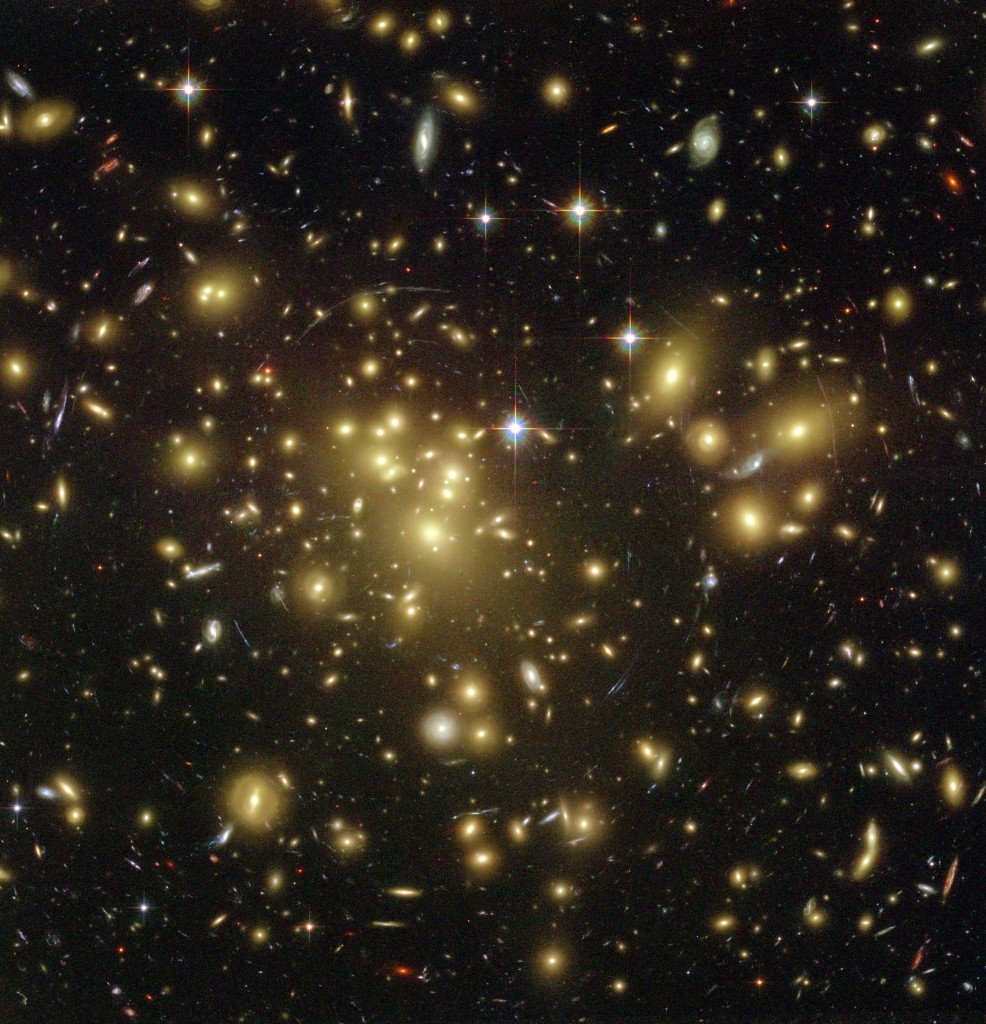
The homogeneity was explained by the theory of inflation, a highly crucial aspect of the Big Bang model of the Universe, a model that is currently believed to be the most convincing explanation of the birth of our Universe. However, the Hercules-Corona Borealis Great Wall is a supercluster that represents such an immense irregularity or non-uniformity that it defies the laws of inflation. The supercluster is so humungous that it exceeds the maximum structural size allowed by the inflationary model of the Universe!
The Hercules-Corona Borealis Great Wall
The structure was discovered in 2013 by a team of astronomers led by I. Horváth, J. Hakkila and Zs. Bagoly while looking for Gamma Ray Bursts (GRB). For this reason, the structure is often called the Great GRB Wall. Gamma rays are the most powerful type of radiation in the entire electromagnetic spectrum. Such super high-frequency radiation is emanated only in a handful of stellar events, such as supernovae — the explosive death of a star, collisions of neutron stars, or by matter spun around violently by a black hole. The energy released during a supernova is so colossal that the Sun is incapable of producing the same amount during its entire lifetime!
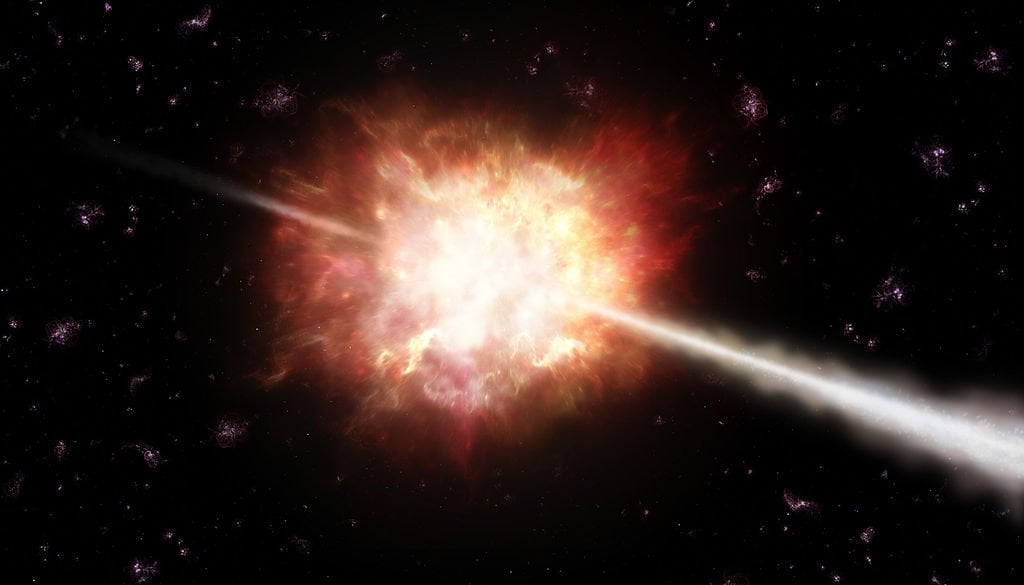
Astronomers study these bursts because they enable us to locate massive structures in the Universe. Massive stars can only form around a dense surplus of mass because that is what they feed on. Also, planetary systems like our Solar System are fundamentally congregated debris dispersed during the explosive deaths of these very same stars, from supernovae, so studying these structures allows us to glimpse both the childhood and the grand history of our Universe.
The researchers recorded an unusually high volume of gamma-ray bursts concentrated about 10 billion light-years away in the direction of the Hercules and Corona Borealis constellations. The angle this volume spanned in space translated to a width of 10 billion light-years. Yes, the Great GRB Wall is 10 billion light-years wide. For perspective, that is 10% of the diameter of the observable Universe!
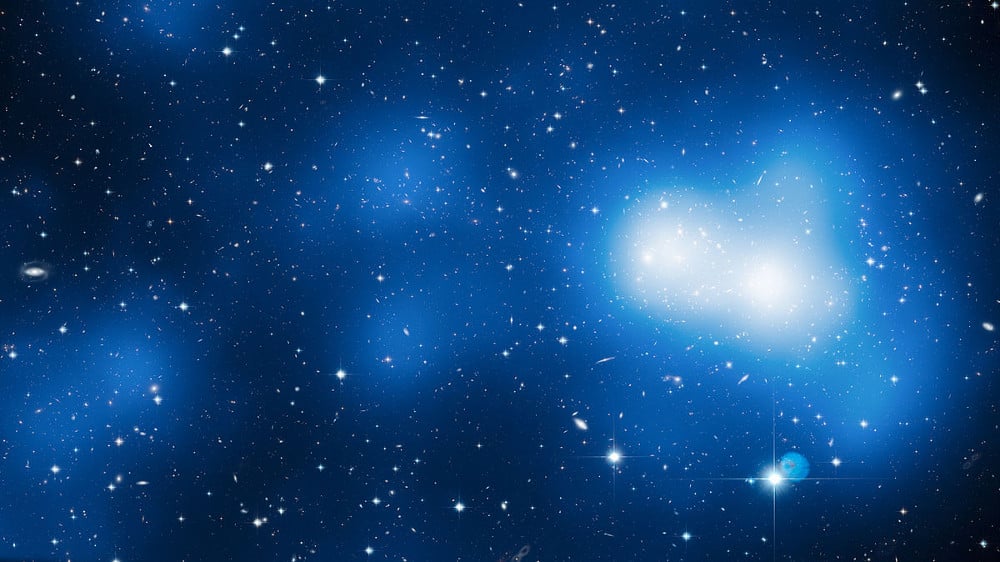
The researchers themselves were incredulous about their discovery. Co-author Jon Hakkila highlighted his disbelief in a press conference in 2014 when he remarked: “I would have thought this structure was too big to exist.” However, they calculated that the chances of the gamma-ray shower springing up randomly in that location are very slim — far less than 1 in 100. This brought them solace and convinced Hakkila to “believe that the structure exists.”
In fact, there are other structures that appear to violate the inflationary model, such as the Sloan Great Wall and the Huge Large Quasar Group to name two more. This is why Hakkila is adamant that his fame is ephemeral; he speculates the existence of even larger structures as he recognizes that “the danger of finding the biggest, or most distant, or the oldest things in the universe is always that, sooner or later, someone is likely to come along and find something bigger, more distant, or older than the thing you found.”


